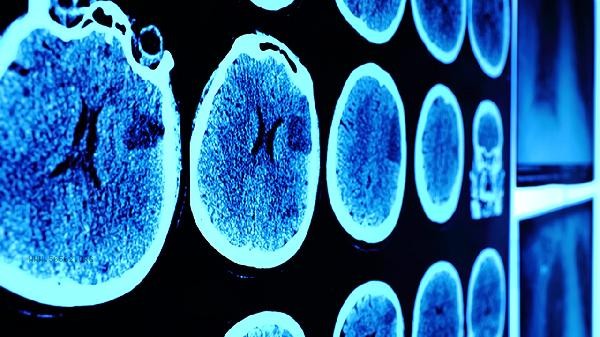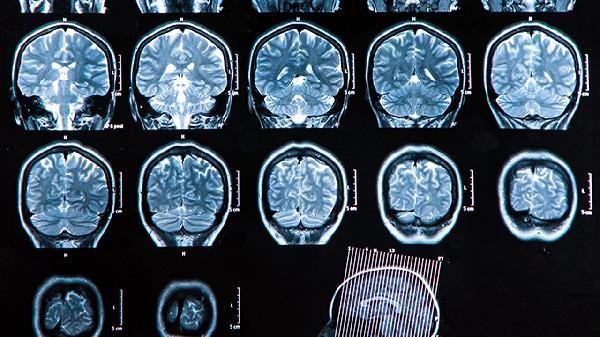Brain memory training courses typically include methods such as associative memory, numerical encoding, spatial memory, image memory, and repetitive reinforcement. These trainings stimulate the neural plasticity of the brain, help improve information encoding, storage, and retrieval abilities, and are suitable for students, professionals, and middle-aged and elderly people who need to enhance their memory.

1. The associative memory method
enhances memory efficiency by establishing a network of associations between new and old knowledge, such as transforming abstract information into concrete images or stories. During training, word pairing exercises can be used to connect unfamiliar concepts with familiar things, activating the collaborative work between the temporal lobe and hippocampus of the brain. Long term practice can improve information retrieval speed and is suitable for memorizing fragmented content such as foreign language words and names.
2. Digital Encoding Method
is a systematic memory technique that converts numbers into concrete images, such as compiling numbers from 00 to 99 into a fixed image library. This method relies on the logical processing of the prefrontal cortex and the linkage of the occipital visual area, making it suitable for memorizing numerical information such as phone numbers and historical dates. In the early stages of training, it is necessary to establish a personalized coding system and consolidate neural circuits through regular review.
3. Spatial Memory Method
is an ancient technique that uses spatial location as a memory cue, also known as the Memory Palace Method. Choose a familiar environmental route, bind the information to be memorized to a specific location, and activate the cognitive function of the parietal lobe space of the brain. Research has shown that this method can significantly improve the memory capacity of sequence information and is suitable for long-term retention of linear content such as speech outlines and shopping lists.

Fourth, Image Memory Method
enhances memory traces by converting textual information into vivid images, and mobilizes the advantages of right brain image processing. During training, elements such as exaggeration, dynamism, and color should be used to enhance visual impressions and promote the connection between the visual cortex and the memory center. This method is particularly effective in memorizing abstract concepts, such as digesting and absorbing complex content such as legal provisions and professional terminology.
Fifth, Repetitive Reinforcement Method
Based on the Ebbinghaus forgetting curve, interval repetition training is used to consolidate memory through scientifically arranged review cycles. The brain synapses form persistent reinforcement through repeated activation, making them particularly suitable for knowledge systems that require long-term preservation. Can be combined with flashcard tools, pay attention to adjusting the review frequency according to personal forgetting characteristics, and avoid excessive repetition leading to fatigue. When conducting memory training, it is recommended to maintain a regular schedule and ensure sufficient sleep to promote memory consolidation. The daily training time should be controlled at 30-60 minutes. Pairing with foods rich in lecithin and omega-3 fatty acids can help promote the health of nerve cells, such as eggs, deep-sea fish, nuts, etc. To avoid forced training under fatigue or high pressure, mindfulness meditation can be combined to enhance concentration. Middle aged and elderly people should pay attention to gradual training, and stop immediately if discomfort such as dizziness occurs. It is recommended to engage in 3-5 aerobic exercises per week to promote blood circulation in the brain and enhance training effectiveness.








Comments (0)
Leave a Comment
No comments yet
Be the first to share your thoughts!